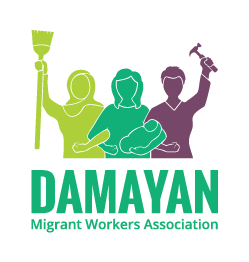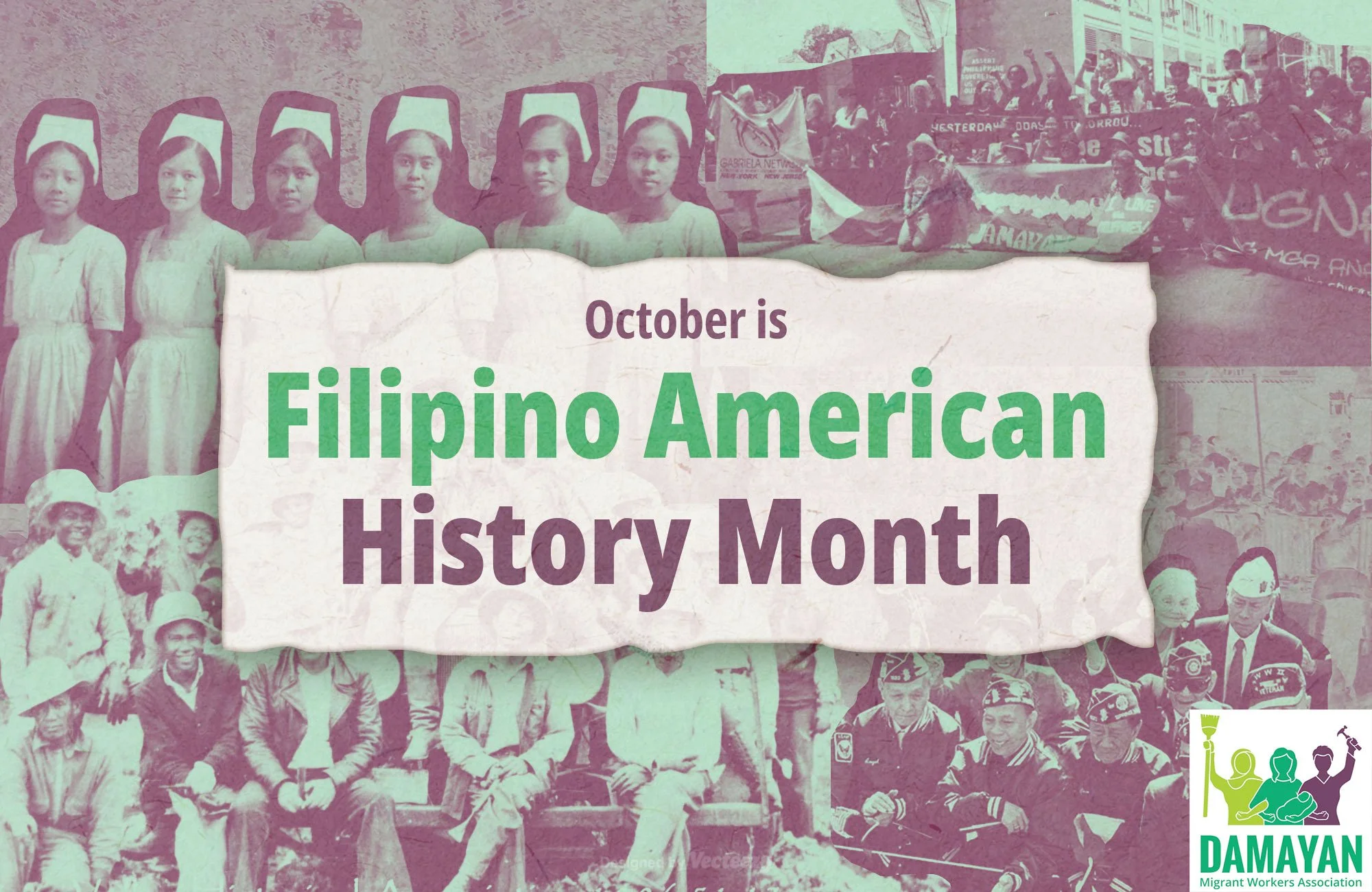A Power Imbalance: The Filipino American History
October is Filipino American History Month, and we put a spotlight on the imbalance of power between the US and the Philippines. From its time as a colonizer of the Philippines to its 94-year military presence in the Subic Bay that left countless fatherless Amerasian children and toxic wastes in Philippine shores, the US has more than just exerted its power over the Filipinos. The United States’ influence on the Philippines extends beyond culture; it has reached its economic policies and political landscape, with Filipino politicians creating policies to prioritize the global demand for cheap labor. This, in turn, promoted wide-scale forced migration to millions of Filipinos.
As the US’s demand for domestic workers and caregivers soared, the Philippine government, rife with corruption nationally, cultivated a system to mass export its highly valuable resource–its educated, English-speaking, and poverty-stricken citizens, who had to make the difficult choice to leave their children to provide for them or to stay and let them go hungry. Ferdinand Marcos Sr’s Labor Export Policy paved the way for waves of forced migration that brought fathers and mothers to US soil, leaving behind countless children and thereby destroying families. This continues up to today, with more than 1 million Filipinos leaving the country to work abroad each year.
As the US have benefited greatly from the services of these migrant workers, they have been slower to offer protections for these workers who have left home and family to give them years of service. The migrant workers hold guest worker visas (G5, H2B, H1B, J1, A3G5), but offer no opportunity to adjust their status. Their immigration status is tied to their employment, with their employers controlling the reins on their rights and protections on foreign land. This power imbalance paves the way for labor trafficking and abuse.
But where there is oppression, there is resistance. From Larry Itliong who helped spearhead the labor movement and organizing Filipino workers in the West Coast, the Filipino community came together and organized for their rights as workers. Damayan, founded by domestic workers working in NYC, organized domestic workers, nannies, caregivers, and restaurant workers in New York City, to fight for human and workers’ rights. No longer is the migrant worker
without rights, powerless, and alone, she is now empowered by her community as she strives to work with dignity and become a social justice leader, herself fighting for her fellow kababayans toiling without immigration status and unprotected on US soil.
The US and Philippines may have a long history together, undeniably riddled with stories of oppression and injustice, but its legacy will ultimately be one that highlights the Filipinos’ resistance and long-standing fight for dignity and social justice.

